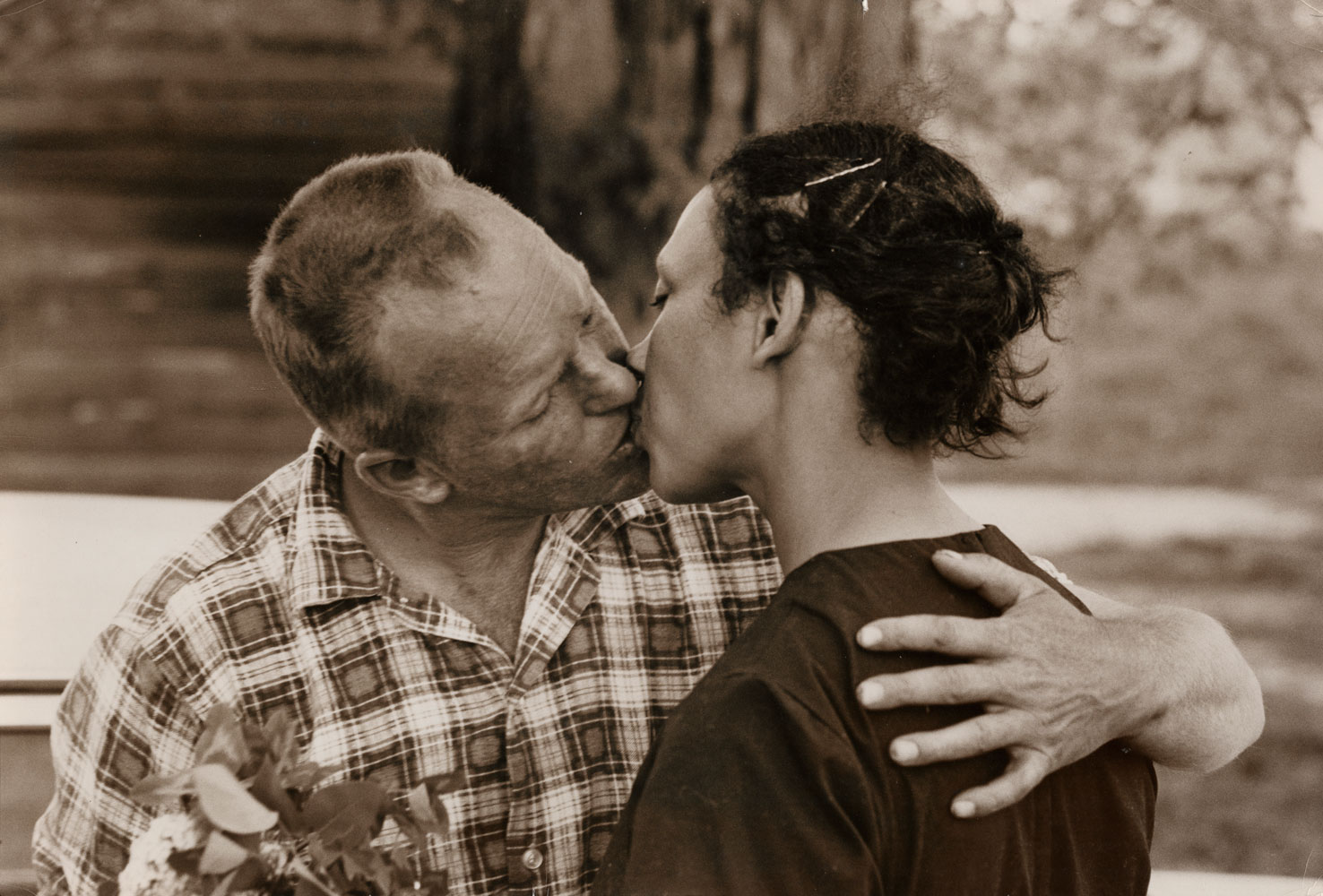
More of Grey Villet’s LIFE photographs of Richard and Mildred Loving are presented in a special gallery at the new Life.com.
Nancy Buirski and Elisabeth Haviland James, the team behind HBO’s The Loving Story, were secretly hoping to get a little more material when they went to show an early trailer of their documentary to the family of the movie’s subjects in the summer of 2010. The film tells the story of Richard Perry Loving and Mildred Loving, the serendipitously named couple behind the landmark 1967 Supreme Court case Loving v. Virginia, who were exiled from Virginia for violating the state’s anti-miscegenation laws. (The case overturned all such laws, making interracial marriage legal nationwide.) Buirski, the film’s director and writer, and James, her co-producer, already had a treasure trove of video footage of their subjects, but they thought a few more family snapshots would provide a nice touch.
Peggy Loving, the couple’s daughter, was impressed by what she saw. She told Buirski that she did have some family photographs, left the room and returned carrying 70 10-by-13 prints taken by photojournalist Grey Villet in 1965 for LIFE magazine.
Buirski, who has worked both as a photo editor at the New York Times and as the director of the Full Frame Documentary Film Festival, immediately recognized what she saw. “Elisabeth and I just looked at each other,” she says, “and I think we might have even had tears in our eyes.”
It’s not unusual for a documentary film to rely on photographs to illustrate history, but The Loving Story demonstrates a unique way of doing so. Because Buirski had unearthed Villet’s photos, she was able to use the work of a single photographer to tell the story. And, for the most part, the photos used in the film are scans of the actual vintage prints owned by the Loving family. Buirski says that consistency allowed her to escape from the constraints of documentary style: rather than show a picture to go along with a specific point in the narrative, she was able to set a consistent mood and even, in some cases, to let the images speak for themselves without help of a voiceover.
The photographs also allowed the filmmakers to show the human side of the Lovings’ story, something that was not as present in the video footage. Most of the video used in The Loving Story was filmed by Hope Ryden, a cinema-verité filmmaker who had taken an interest in the case. The Lovings were initially reticent to participate. They were living in Virginia illegally and, rather than attempt to cast themselves as Civil Rights heroes, they were, as Mildred Loving puts it in one of Ryden’s interviews, just “trying to get home.” The couple was convinced by their lawyers, Bernard Cohen and Philip Hirschkop, that Ryden was trustworthy; even so, Buirski feels that the Lovings put up walls when confronted with movie cameras and microphones.
Not so with Villet’s still camera. “A photojournalist like [Villet] tends to be able to disappear in a story like that,” says Buirski. As such, the photographs he took are more intimate than the video was. Rather than answer questions about legal matters, the Lovings kiss, hold hands and play with their children.
“[The photographs] opened up a window on their love,” says Buirski.
The Loving Story premieres on HBO on Feb. 14, at 9 p.m. ET.
An exhibit of Grey Villet’s photographs of the Loving family that were discovered in the course of filming is also currently on view, through May 6, at the International Center of Photography in New York City.

More Must-Reads from TIME
- Cybersecurity Experts Are Sounding the Alarm on DOGE
- Meet the 2025 Women of the Year
- The Harsh Truth About Disability Inclusion
- Why Do More Young Adults Have Cancer?
- Colman Domingo Leads With Radical Love
- How to Get Better at Doing Things Alone
- Michelle Zauner Stares Down the Darkness
Write to Lily Rothman at lily.rothman@time.com



